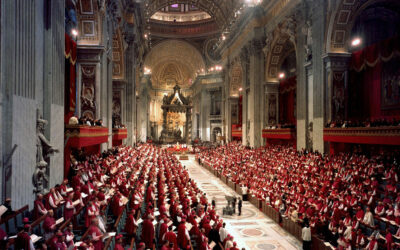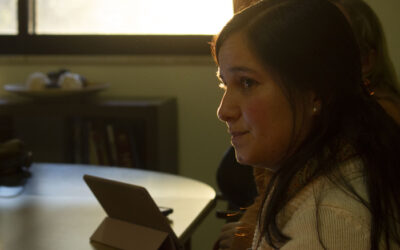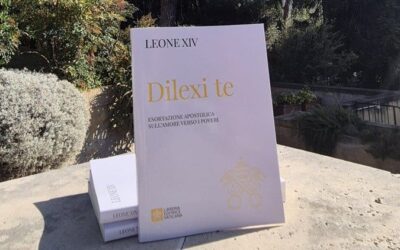 Situated just a few kilometres from Postojna, in Slovenia, a crossroads between Eastern and Western Europe, today Planina is a tourist destination with stunning scenery, but with a history behind it of the tragedy experienced in Europe with the millions of dead of the two world wars. The horror of the war is well portrayed, for example, in some of the works by the Slovenian artist Ivan Rupnik, in particular his ‘mosaics in the woods’ situated on the site of some mass graves.
Situated just a few kilometres from Postojna, in Slovenia, a crossroads between Eastern and Western Europe, today Planina is a tourist destination with stunning scenery, but with a history behind it of the tragedy experienced in Europe with the millions of dead of the two world wars. The horror of the war is well portrayed, for example, in some of the works by the Slovenian artist Ivan Rupnik, in particular his ‘mosaics in the woods’ situated on the site of some mass graves.
With this historical consciousness as a backdrop, the three days spent together by the “Friends of Together for Europe” took on a new significance of European reconciliation, being prepared to face painful wounds some of which are still open: and this highlighted the relationship of mutual love at work between Christians of different denominations and origins.
There were 14 European countries represented, from Portugal to Russia, from Sweden to Croatia. A commitment to a reconciled Europe was the common denominator, in the belief that 500 years of separation between the Churches is ‘sufficient’ and that it is time to fulfil the dream of the founding fathers of the European Union, building ‘brotherhood’ between peoples.
The conference programme focused mainly on preparing a major event scheduled for 2016, in Munich, in Bavaria, with the desire to offer religious and civil society a powerful witness of a reconciliation that has been achieved, that is visible, the fruit of knowledge, esteem and collaboration in many common social initiatives, and which has grown over the years, starting from 2002, when the experience of Together for Europe began.
The 108 participants, from 41 movements and communities of various Churches have expressed a genuine ‘passion’ for unity and a full commitment to the project, showing a willingness to share ideas, responsibilities and organizational burdens.
“Beside the ever new surprise and joy for the progress made – writes one of the participants – which is evident in the great ability to listen and of mutual acceptance, there was a general enthusiasm and belief that, with the help of God and ‘together’ it is possible to work towards bringing about the ‘dream’ of a Europe without divisions, that has found again its roots and which could even be a model for other continents.”




0 Comments